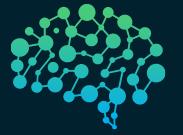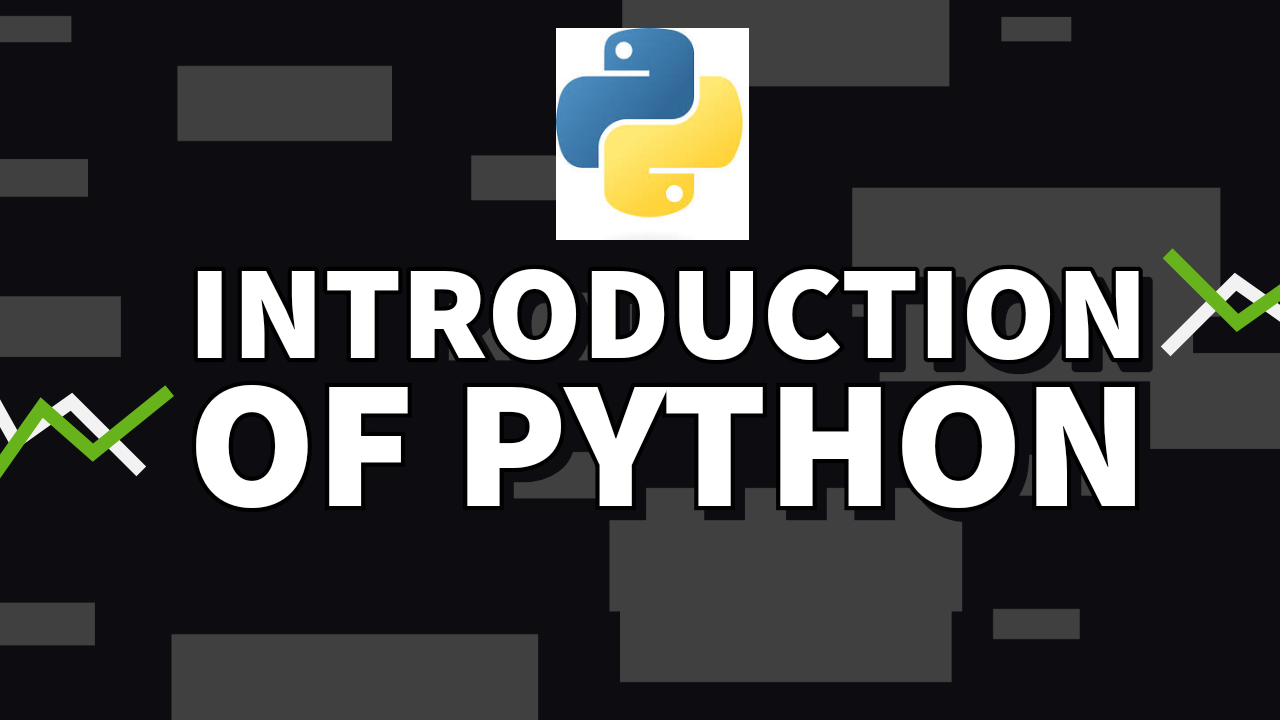Introduction of Python
Python is a versatile, high-level programming language known for its readability and ease of use. It supports multiple programming paradigms and has a large standard library. Python is widely used for web development, data analysis, artificial intelligence, scientific computing.
What different things can Python do?
Python can be used for various Purposes.
- Web Development: Building websites and web applications using frameworks like Django or Flask.
- Data Science: Analyzing and visualizing data with libraries such as NumPy, Pandas, and Matplotlib.
- Artificial Intelligence and Machine Learning: Developing machine learning models with libraries like TensorFlow and PyTorch.
- Automation: Writing scripts to automate repetitive tasks and processes.
- Desktop GUI Applications: Creating graphical user interfaces using libraries like Tkinter or PyQt.
- Game Development: Building simple games with libraries such as Pygame.
- Network Programming: Developing networked applications and tools.
- Scripting: Writing small to large scripts for various purposes.
- IoT (Internet of Things): Programming devices and sensors.
- Database Management: Interacting with databases using libraries like SQLAlchem.
Automating Website Change Notifications via Email using Python
Why Python?
Python is favored for several reasons:
Readability: Its clean syntax enhances code readability, making it easier to write and maintain.
Versatility: Python supports a wide range of applications, from web development to data science and artificial intelligence.
Extensive Libraries: A vast ecosystem of libraries (e.g., NumPy, Pandas) accelerates development by providing pre-built functionality.
Community Support: Python has a large and active community, offering support, tutorials, and a wealth of resources.
Cross-platform Compatibility: Python code runs on various platforms without modification, promoting portability.
Productivity: Python’s simplicity and ease of use contribute to faster development and efficient problem-solving.
Integration Capabilities: Python easily integrates with other languages and systems, enhancing interoperability.
Open Source: Being open-source encourages collaboration, continuous improvement, and accessibility for developers worldwide.
Syntax of Python
Python syntax is straightforward and emphasizes readability.
Hello World Python Syntax
print("Hello, World!")
